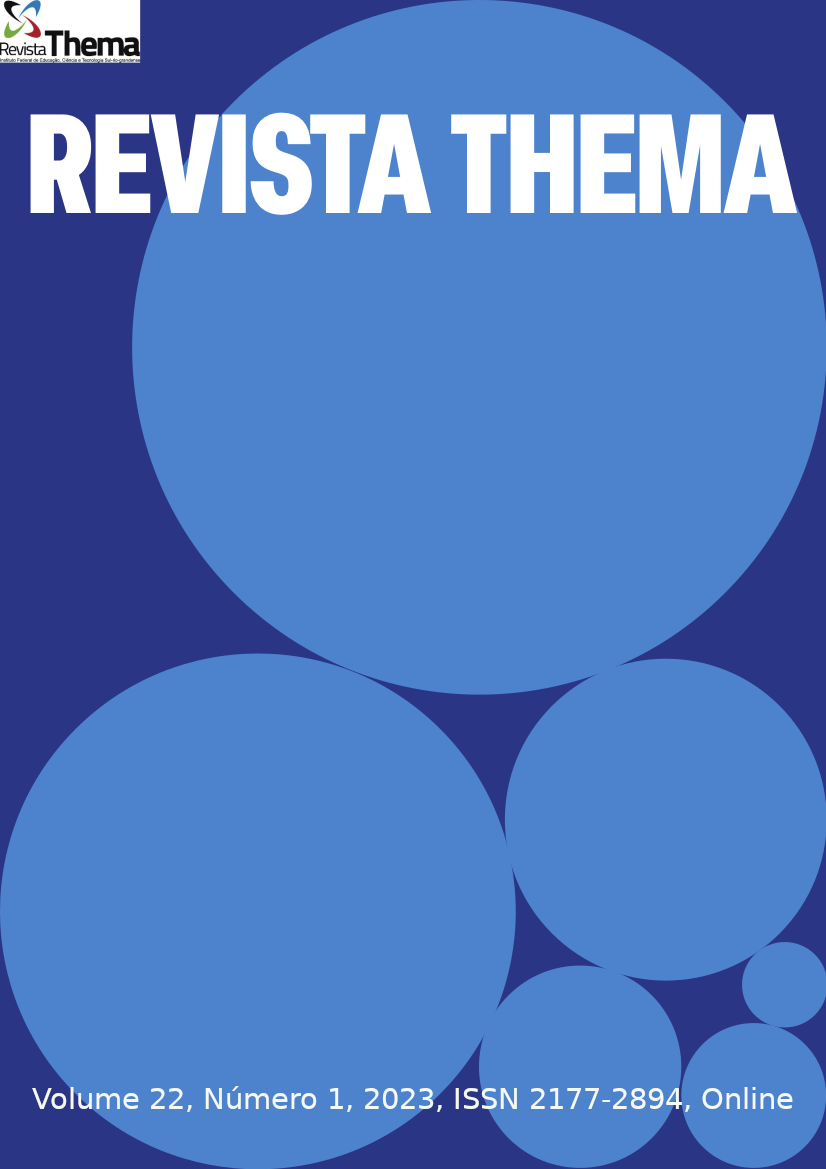Teaching Electromagnetism in High School
a didactic proposal based on the Station Rotation Model
DOI:
https://doi.org/10.15536/thema.V22.2023.316-327.3002Keywords:
electromagnetism, station rotation model, blended learning, critical meaningful learningAbstract
The study of Electromagnetism requires a degree of abstraction to understand some concepts, such as the ability to interpret the language of Physics full of specific signs and to systematize these symbols in calculation operations or conceptual explanations. Visualization difficulties usually motivate a certain lack of interest on the part of most students. However, the students’ interest in learning is one of the factors for meaningful learning, as well as for a more critical education. In this context, it is important to create conditions to instigate students' curiosity, seeking new ways that stimulate the elaboration of hypotheses, research, and the solution of contextualized problems inside and outside the school environment. In this work, a didactic proposal based on the hybrid model Rotation by Stations is presented for the teaching of Electromagnetism concepts in Physics classes, in order to facilitate learning. This proposal is developed in eight meetings with two class periods each, having as target audience third year high school students. It is expected to be an instrument that will collaborate with the teaching practice for the development of more interesting classes, with the use of technology, experiments, among other teaching resources which enable an active and critical participation of students with autonomy in the learning process.
Downloads
Downloads
Published
How to Cite
Issue
Section
License
O autor responsável pela submissão representa todos os autores do trabalho e, ao enviar o artigo para a revista, está garantindo que tem a permissão de todos para fazê-lo. Da mesma forma, assegura que o artigo não viola direitos autorais e que não há plágio no trabalho. A revista não se responsabiliza pelas opiniões emitidas.
A Revista Thema é de acesso aberto (Open Access), sem que haja a necessidade de pagamentos de taxas, seja para submissão ou processamento dos artigos. A revista adota a definição da Budapest Open Access Initiative (BOAI), ou seja, os usuários possuem o direito de ler, baixar, copiar, distribuir, imprimir, buscar e fazer links diretos para os textos completos dos artigos nela publicados.
Todos os artigos são publicados com a licença Creative Commons Atribuição-NãoComercial 4.0 Internacional. Os autores mantém os direitos autorais sobre suas produções, devendo ser contatados diretamente se houver interesse em uso comercial dos trabalhos.





